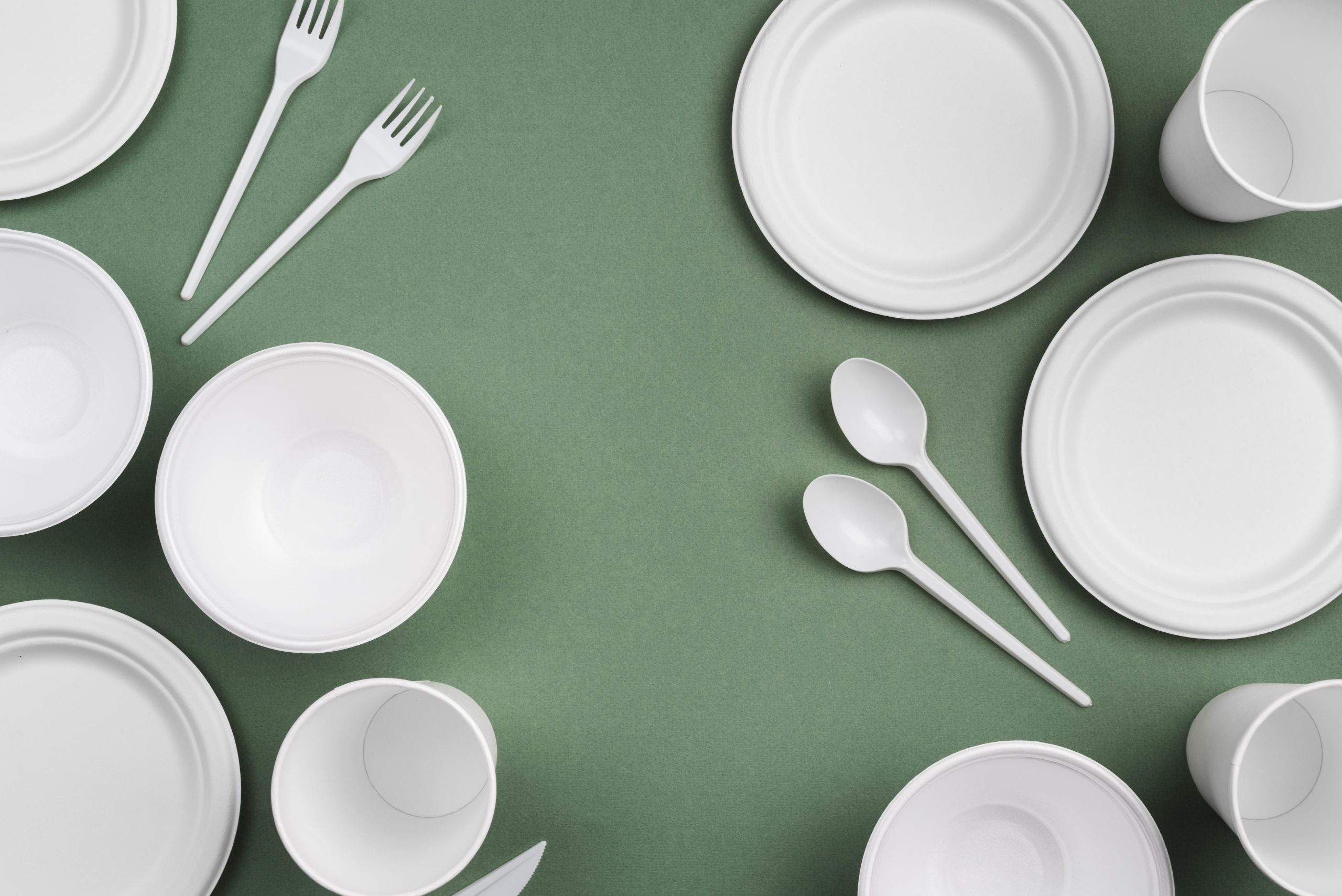The global market for disposable tableware is continuously expanding.Have you ever wondered how these disposable plates and dishes are made? In this article, we will explore the manufacturing processes and raw materials used in the production of disposable plates, bowls, and dishes.
Disposable Plates Manufacturing Process: Disposable tableware, such as plates, bowls, and cups, can be made from various materials, including plastic, paper, aluminum, orfoam. The manufacturing process varies depending on the material used,This article will introduce you to the raw materials and manufacturing processes of disposable paper plates and plastic plates.
Disposable Paper Plates Manufacturing:
-
Raw Materials:
Pulp Paper: Made from wood pulp, it is the most commonly used material for paper plates.
Recycled Paper: Environmentally-friendly option made from recycled paper products.
Biodegradable Paper: Made from natural materials like sugarcane and bamboo, breaking down safely in the environment.
Compostable Paper: Breaks down in compost piles through microorganisms.
Pulp-based Coated Paper: Wood pulp coated with wax or plastic, making it water-resistant and suitable for hot or wet foods.
Foil Laminated Paper: Paper laminated with aluminum foil, providing insulation and suitable for hot or wet foods.
Polylactic Acid (PLA) Coated Paper: Paper coated with a thin layer of biodegradable plastic (PLA), suitable for hot or wet foods and compostable.
-
Manufacturing Process:
Paper Preparation: Pulping old newspapers and paper, creating a slurry mixed with water and chemicals.
Raw Material Preparation: Flattening the pulp, removing impurities, and passing it through rollers to achieve the desired thickness.
Paper Plate Manufacturing: Using hydraulic press machines, the processed paper is cut into the desired shape, dried, and any remaining impurities are removed before packaging.
Disposable Plastic Plates Manufacturing:
-
Raw Materials:
Polystyrene (PS): Used for foam plates that are lightweight but not heat-resistant.
Polypropylene (PP): Commonly used for durable, heat-resistant, and cost-effective plastic plates.
Polyethylene Terephthalate (PET): Used for clear plastic plates, also utilized in bottles and food packaging.
Polycarbonate (PC): Ideal for plastic plates designed for hot food, with high-temperature resistance.
Biodegradable Plastics: Made from renewable resources like cornstarch, cassava, and sugarcane, offering environmentally-friendly alternatives.
-
Manufacturing Method:
Thermoforming: Reusable plastic tableware is often made using this process. Large sheets of polystyrene are cut into smaller pieces and placed in molds. These pieces are heated until soft, molded into the desired shape, cooled, trimmed, painted, and undergo quality checks before packaging.
Conclusion:
The manufacturing processes of disposable plates and dishes vary depending on the material used. Plastic plates are often made through thermoforming, while paper plates are manufactured using pulping and shaping techniques. Understanding the different raw materials and manufacturing methods allows us to make informed choices and contribute to sustainable practices.










